Category: Medieval
-

Should the Hundred Years War have an apostrophe?
Melissa from Tennessee asks, “What is the standard among (medieval) military historians for naming the Hundred Years War? Should it have an apostrophe or not?” Great question, Melissa! I always leave it off. I saw one historian exclude the apostrophe and I had followed suit ever since. However, I understand why you would question the…
-
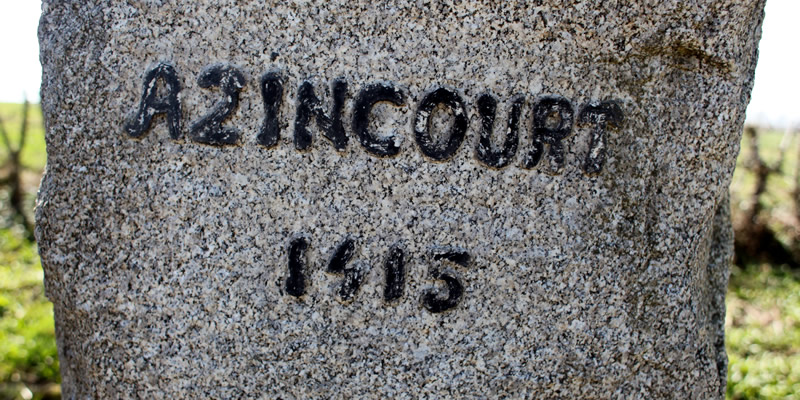
If you Visited Agincourt Today…
Clifford J. Rogers believes the Battle of Agincourt (1415) is “probably the most richly documented of all medieval battles,” but nothing beats visiting the actual battlefield. Here is what you can expect if you visited Agincourt today. The people of Agincourt do not hide the fact that tourists streaming through their town are there for…
-
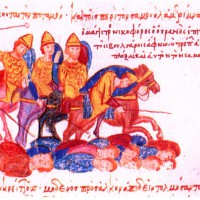
Counterinsurgency Prior to Clausewitz
We need to expand the literature and case studies we use to analyze counterinsurgency to include ancient and medieval periods. In the recent “Thinking and Writing about COIN,” John T. Fishel and Edwin G. Corr provide a great overview of counterinsurgency literature over the past century. Their point is obvious in that if we are…
-

Book Review: Battles of the Scottish Lowlands
In Battles of the Scottish Lowlands, Stuart Reid offers a sweeping survey of battles and campaigns occurring around Stirling over a period of nearly 450 years (1297-1746). The focus and selection of events is purely geographical and the Reid freely admits that readers may immediately criticize the lack of some significant Scotland battlefields (e.g., Culloden), but…
-

Book Review: The Crusades, Christianity, and Islam
Riley-Smith, Jonathan. The Crusades, Christianity, and Islam. New York: Cambridge University Press, 2008. In The Crusades, Christianity, and Islam, Jonathan Riley-Smith has provided a succinct, powerful work that helps us understand the historical memory of the Crusades in both the Western and Islamic worlds. Given the sensitivities over the Crusading era with both Christians and…
-
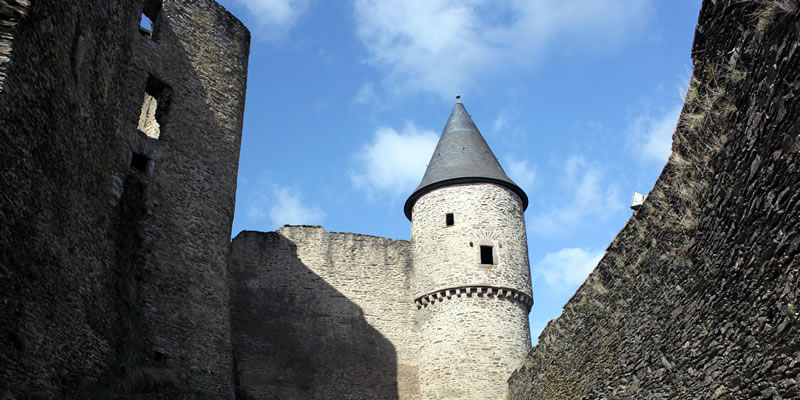
Luxembourg’s Bourscheid Castle
On the way to Bastogne, I passed a sign pointing to a castle. I was feeling adventurous, so I went 10 miles out of my way to visit the Bourscheid Castle. It was well worth the detour. As you approach the castle, there is a superb spot for panoramic shots of the castle and valley.…
-
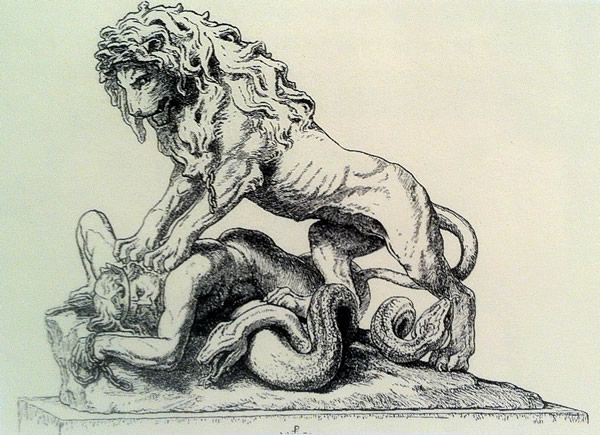
An Alternative Design to the National Wallace Monument
The same year that America broke out into a civil war, the Scots and English began construction on their National Wallace Monument. The massive structure was not complete until 1869 and it stands to this day on the Abbey Craig as an imposing structure over Stirling and the River Forth. Here is the monument in…
-

Richard III: How we know it is him and how he died
The recent announcement that we finally found the body of English King Richard III (r. 1483-1485) has brought loads of press coverage to the medieval period and to warfare. Here is quick primer on Richard, how we are certain it was his body, and how he died. Who was Richard III? The best context that…
-

My Experience at the Medieval Undergrad Conference at Moravian
This past Saturday, I had the pleasure of attending and presenting at the Seventh Undergraduate Conference in Medieval & Early Modern Studies at Moravian College. I had no real expectations, but I understood the conference for what it was—a chance for undergrads to cut their teeth. It was that and much more. Here is a…
-

Naming Artillery from the Medieval World to Gettysburg
Sitting in front of the headquarters of Daniel Sickles is a 12-pounder Napoleon. While the cannon was not present for the Battle of Gettysburg, it was used in the Civil War. ((George W. Newton, Silent Sentinels: A Reference Guide to the Artillery at Gettysburg (New York: Savas Beatie, 2005), 98.)) The cannon is unique, because it appears…
-
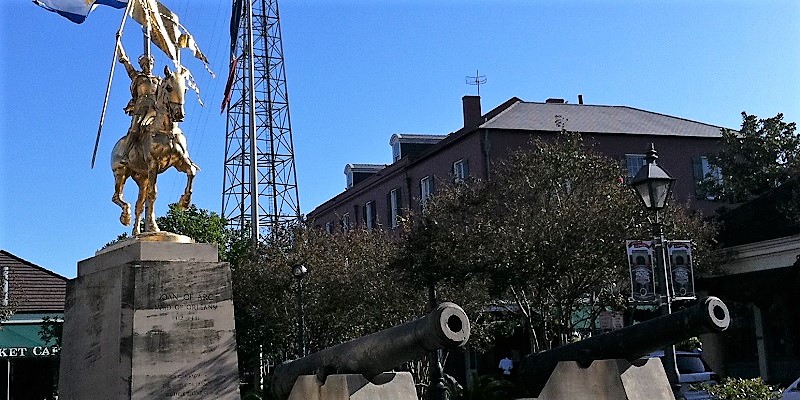
How was Joan of Arc so Skilled with Cannons?
One of the most striking aspects of Joan of Arc (1412-1431) was that her primary weapon was the cannon. Not only that, but she was very skilled with it. There are several testimonies from those who fought with her about her ability to place and aim cannons, as well as predict the target of enemy…
-

Joan of Arc Monument at New Orleans
A year ago, my wife and I traveled to New Orleans and we had the opportunity to see the Joan of Arc monument on Decatur Street. There are some interesting features of the monument including two cannons. France erected the statue in 1972 as a gift to New Orleans, whose namesake, Orléans, was one of…
